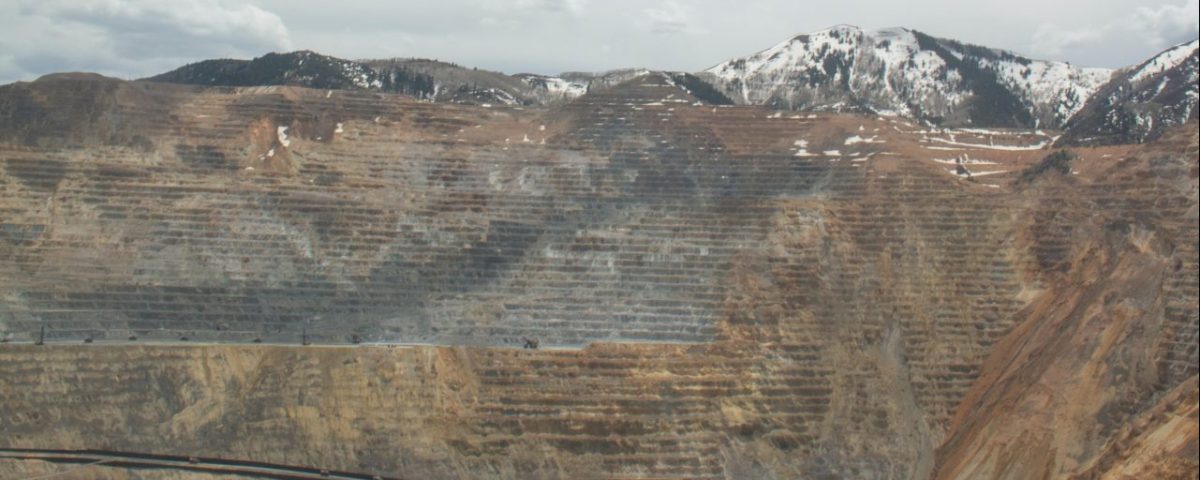
Global Risks – and What You Can Do About Them: Part 1
April 29, 2021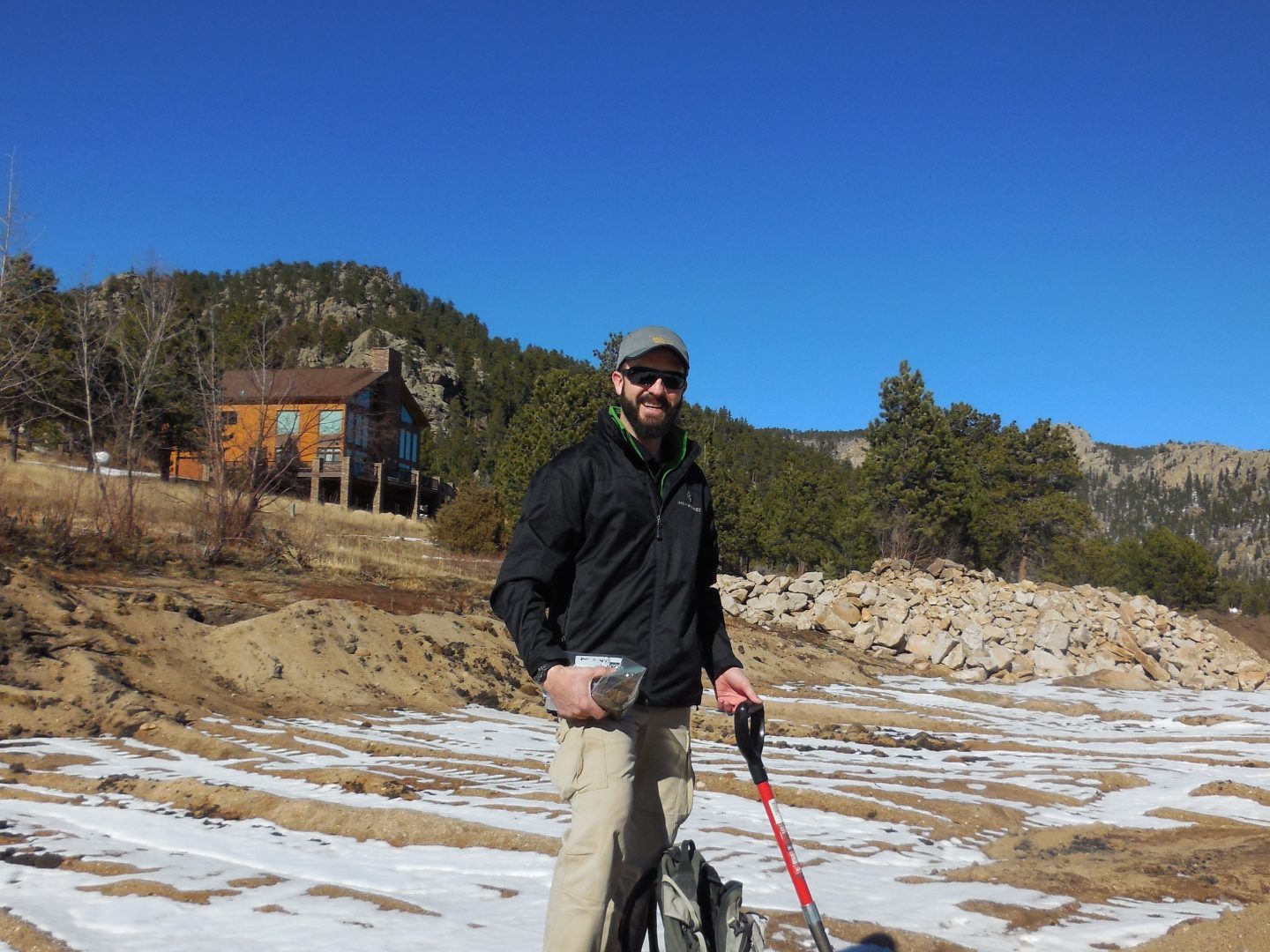
Joshua Eldridge Selected to Serve on Sustainability Advisory Council
May 12, 2021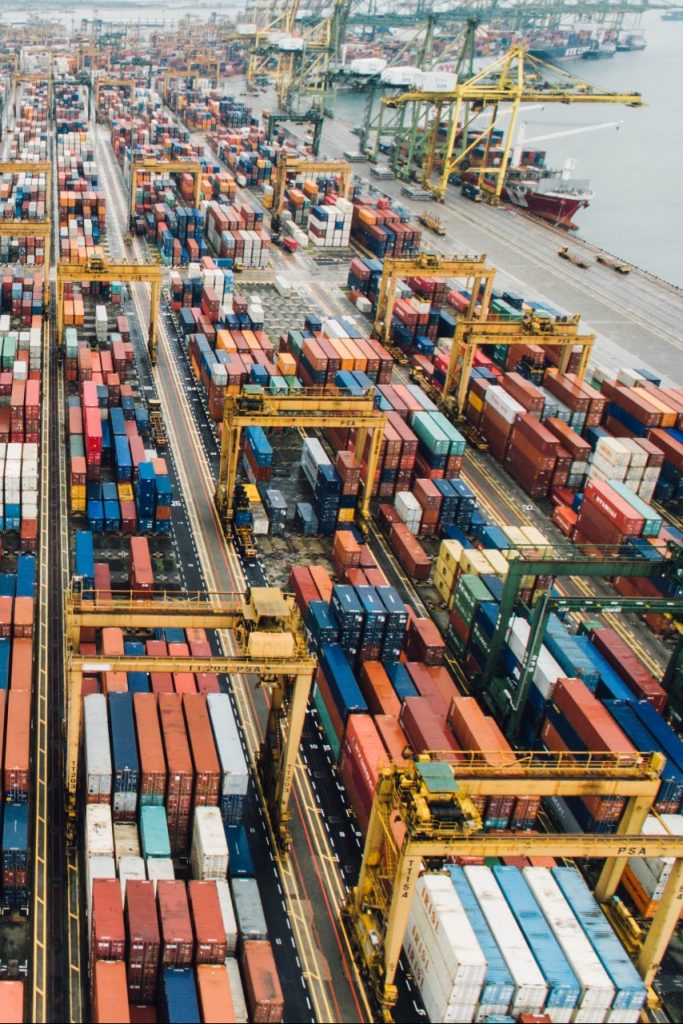
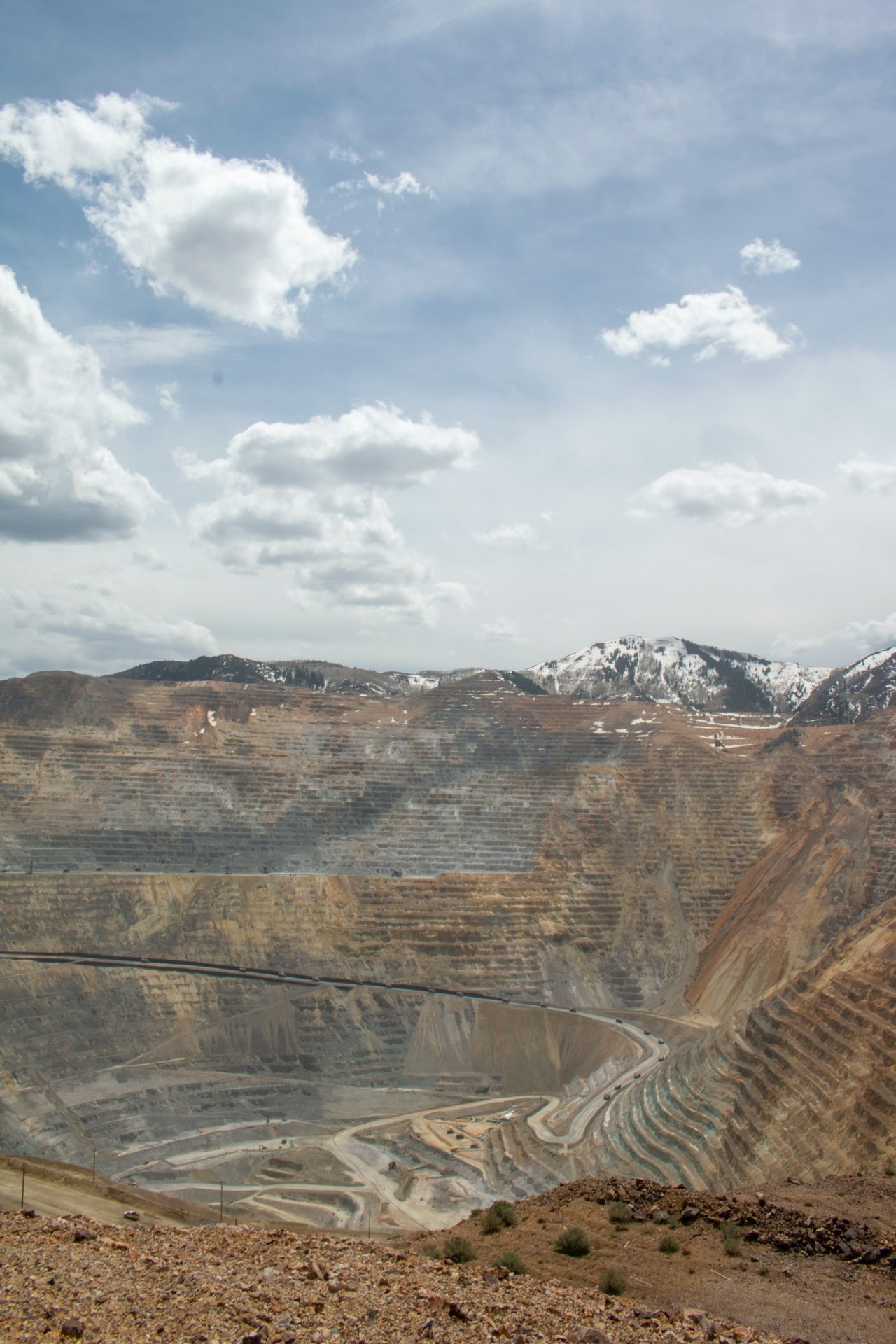
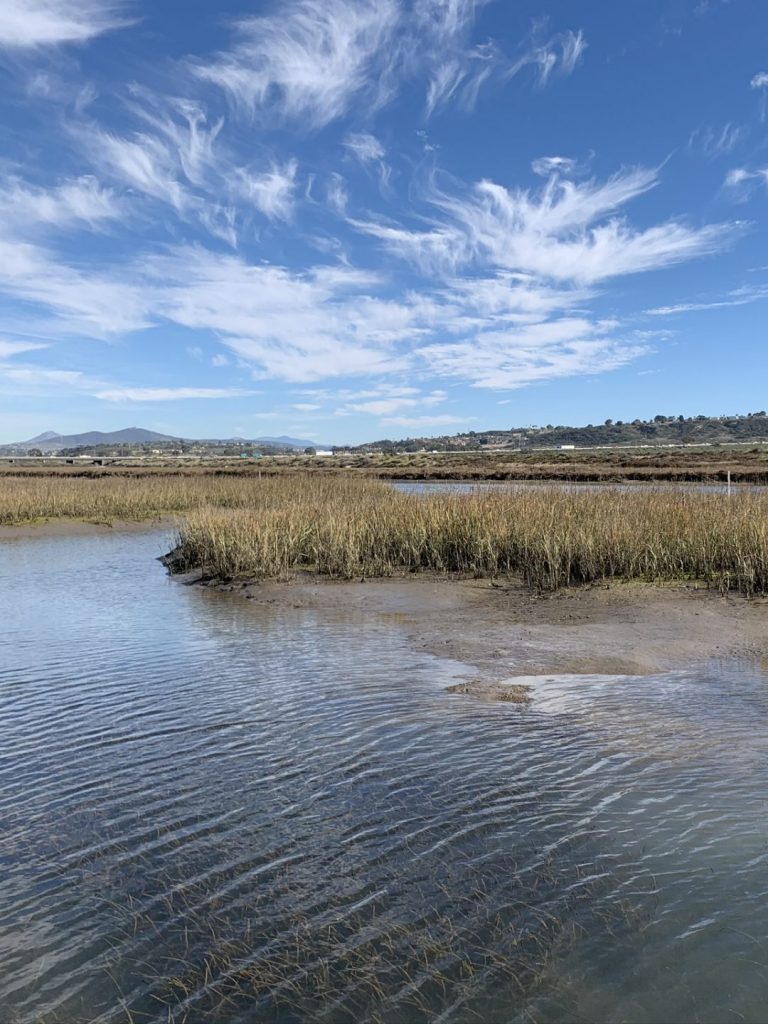
Great Ecology Project: Del Mar Tidal Wetland Restoration


Great Ecology Project: Hunters Point South Constructed Wetlands
Global Risks- and What You Can Do About Them: Part 2
Author: Liz Clift
Earlier this year, the World Economic Forum released its Global Risk Report 2021 that you can read here. Of the top ten risks categorized by impact, five were connected to the environment. You read that right. Half of the top risks were linked directly to the environment. Those were:
• Climate action failure (2)
• Biodiversity loss (4)
• Natural resource crises (5)
• Human environmental change (6)
• Extreme weather (8)
In Part 2 of this blog series we’ll take a look at the last three environmental risks. You can read Part 1 here.
Natural Resource Crises
Natural resources are depleting at alarming rates—and there is no one “why” that neatly sums it up. However, it’s safe to assume that this depletion is occurring in part because of our varied use (and distribution) of natural resources, our ability to restore some resources more readily than others (regardless of whether we actually do it), and messages about the value of those resources, among other reasons.
Depending on what you do for work—and where you live in the world—these crises may be more or less apparent to you. Consider the following:
What happens when it stops being economically viable to extract coal? Oil? Natural gas? By economically feasible, I mean at what point—when people are already pinched for funds for basic survival (such as shelter and food) will people no longer be able to pay for utilities? At what point will we actually run out of these resources?
If that makes you a little anxious, it should, because the inability to pay for access to these (and other) natural resources has long been an issue for folks in the United States and around the world. Some of this is because of the cost of infrastructure—but a lot of it has to do with poverty. Most likely, your city has some version of a “warm home fund” which is meant to help people with more access to financial resources support people with less. While there’s a lot to critique with such programs that I won’t get into here, that does indicate the scarcity some folks live with and which I think is important to highlight in case you’ve never been proximate to that type of scarcity yourself. This isn’t some distant reality. For you—or possibly people you know—this is already happening.
But that’s not all. Water is polluted—and unsafe to drink—in many areas globally and an increasing number of places in the US. Forests are being devastated for everything from building materials to ranching. Fisheries are being depleted. Our soils are being exhausted by large monocultures of food—and that’s also leading to increased erosions (further polluting our wind and water). We use rare earth minerals for a variety of our modern technologies. We’re even running out of helium.
As we continue to pollute resources, or run low on them entirely, it will become more and more expensive to produce these resources for the public benefit—or at all—or to have those materials work for us (i.e. to produce nutrient-dense foods). Our current extractive mindset will produce multiple forms of crisis unless we take seriously the need to switch to utilizing and distributing more renewable resources (ranging from fuels to how we make materials), consider benefits of various land back movements and how that might impact stewardship of our natural resources, make serious changes to how we allow “big” polluters to pollute, and consider the impacts of all of our lives—particularly those of us in wealthier nations—on our local and global environments.
Human Environmental Change
Human environmental change is a broad topic. Depending on what perspective you take, it can include many different ways people have contributed to modifying the environment, but is generally framed as a negative (as it was in the World Economic Forum article), which would factor in everything from climate change to large-scale pollution events that impact fragile ecosystems (like wetlands) to cutting down tropical rainforests to armoring shorelines of coasts and rivers—and so much more.
The combination of these conditions is likely to have wide-ranging and long-lasting economic, social, and environmental impacts, some of which we can already see as people:
• Build into the wildland-urban interface (which can put people at more risk of devastating flood and wildfire, not to mention zoonotic diseases);
• Are forced to relocate away from rising sea levels;
• Consume seafood with troubling levels of contaminants including petrochemicals and heavy metals;
• Continue to deplete rainforests, which spurs biodiversity loss, fuels hotter and drier conditions, and leads to greater reduction of available soil nutrients while increasing erosion;
• Channelize streams, often effectively cutting them off from their natural floodplains (which can impact soil nutrients, aquifer replenishment, and more);
• Either result to urban infill (high density housing) or sprawl to find a space to live—the former of which can lead to greater runoff and heat island effect, the latter of which may infringe upon habitat for other species; and
• Much more.
Fortunately, ecological restoration can help slow—or even reverse—some of these impacts. That includes designing more resilient parkscapes, restoring wetlands and tidal marshes, forest and grassland restoration, eelgrass restoration, and sea level rise planning—including managed retreat.
In some cases, it may even be appropriate to pair ecological restoration efforts with conservation efforts—although these are two different beasts. Ecological restoration can help reset a landscape back to a certain baseline—with the acknowledgement that land has been managed, or stewarded, for thousands of years. Ecological restoration improves ecological function. Conservation protects land (or a species). Ecologically restored land, which is able to withstand changes in weather—including, potentially, extreme weather events—due to its increased function and resilience, may be prime for conservation, in part because then natural successional processes may have more time and opportunity to take place.
Of course, some successional processes (such as fire) may still be mitigated to help protect life or property—which is important to note, since fire ecology has long been an important component of many ecosystems.
That being said, ecological restoration efforts, in concert with individual and policy-level (from governments and corporations) can be prioritized as a way of taking care of our individual and collective well-being—and for helping blunt some of the social, economic, and environmental impacts we’re already facing (or are likely to face in the relatively near future) due to human environmental change. This includes stewardship of the land and recognizing the benefits of species some people find frustrating (i.e. large predators that may occasionally prey upon livestock, beavers, etc.), and working to better understand the complex interactions with ecosystems. Great Ecology is able to lead planning, restoration, and post-construction monitoring efforts led by non-governmental organizations, governments, and corporations.
Extreme Weather
By now you’ve probably noticed that each of these topics factors in—to greater or lesser degree—with each of the other issues raised as potential economic impacts that the World Economic Forum is watching. Extreme weather is no different.
Extreme weather events look a lot of different ways depending on what part of the world you’re in. They range from atypically strong hurricanes to an atypically high number of named storms in a given season to extreme heat waves and polar vortexes to prolonged drought or especially long rains. These things can all impact local economies of course—it’s pretty easy to understand how a Hurricane Harvey-like event impacts southeastern Texas—but national and international markets as well.
This is because these extreme weather events can disrupt supply chains, hasten the speed at which infrastructure is crumbling, kill crops or food animals, strain medical systems, and cause people to use already limited resources differently—but in ways that may or may not be sustainable for the location.
Extreme weather events can also have lasting ecological impacts. Extreme flooding, as can happen with a hurricane or exceptionally long rain event, may overflow wastewater lagoons from animal agriculture, which can release harmful bacteria and viruses into surface water, ground water, and soils. It can also effectively drown plants that aren’t accustomed to having “wet feet” or being wet for prolonged periods. Prolonged drought or extreme heat can exacerbate wildfires, particularly in areas where nonnative species have taken hold, or cause animals reliant on scarce sources of water to die in search of that water.
While there’s little we can do to prevent extreme weather events (aside from all of the things already mentioned in Part 1 and Part 2), there are things we can do to help better prepare ourselves to withstand these events, including:
• Restore wetlands and reconnect floodplains, which can help minimize the impacts of flooding and storm surges;
• Reforest areas that have been deforested, thus trapping more carbon and offering some temperature buffering against extreme heat or cold;
• Diversify our energy supply, so that when extreme weather events happen it’s less likely that people will lose power for days—or weeks, or months;
• Work to create more localized food supplies—which means that fewer people will be impacted by extreme weather events elsewhere, when supply chains are disrupted, and that food won’t have to travel as far which can reduce fossil fuel usage;
• Create drought-resilient parks, parks with built-in storm surge buffers (i.e. tidal wetlands), and parks which capture rainwater;
• Green roofing and stormwater wetlands to help buffer against large rain events and mitigate impacts of urbanization; and
• Plant a diversity of native species, which are better suited for the extreme weather we’re likely to face—wherever we are—and which will support a biodiverse set of species, which will also need to survive these extreme weather events.
Final Thoughts
If you’ve read this entire series—first, thank you! Second, I know that speaking about impending (and existing) environmental catastrophe can be bleak and can leave people feeling helpless. My coworkers and I are in this work because we believe individuals—along with non-governmental organizations, corporations, and government—can still make a difference in the world. If you’d like more resources to support your individual efforts that go beyond “reduce, reuse, recycle” and “reduce your carbon footprint” type rhetoric, you might consider:
• Reaching out to your local university extension office for advice about a variety of topics including gardening in your area, local plants and wildlife, environmental research projects you might be able to support, and more;
• Planting more native species in your yard (if you have a yard) or creating pollinator habitat;
• Engaging in citizen science—which you can do through non-profits, apps, and universities—focused on your local ecology;
• Getting trained by a local non-profit as a volunteer naturalist or land steward;
• Donating land or money to a conservation or community land trust (including as part of your will);
• Getting involved in local conservation or restoration groups—which do everything from political advocacy to land stewardship to helping educate others on responsible use of resources;
• Working with a local gleaning group to pick up extra food from land owners (generally from fruit trees and gardens), which can then be redistributed to people in need in your community—and which prevents that food from going to waste, potentially in a landfill); and
• Work to elect officials who will support better environmental policy in your communities.
Of course this list is far from complete—and there are many other individual actions that you’ve seen on other lists (such as eating less meat, driving less, and reducing overall consumption of single-use products) which are also beneficial.
If you’re a non-governmental organization, corporation, or government and you’d like to talk with us about a project you have in mind, please contact us.

